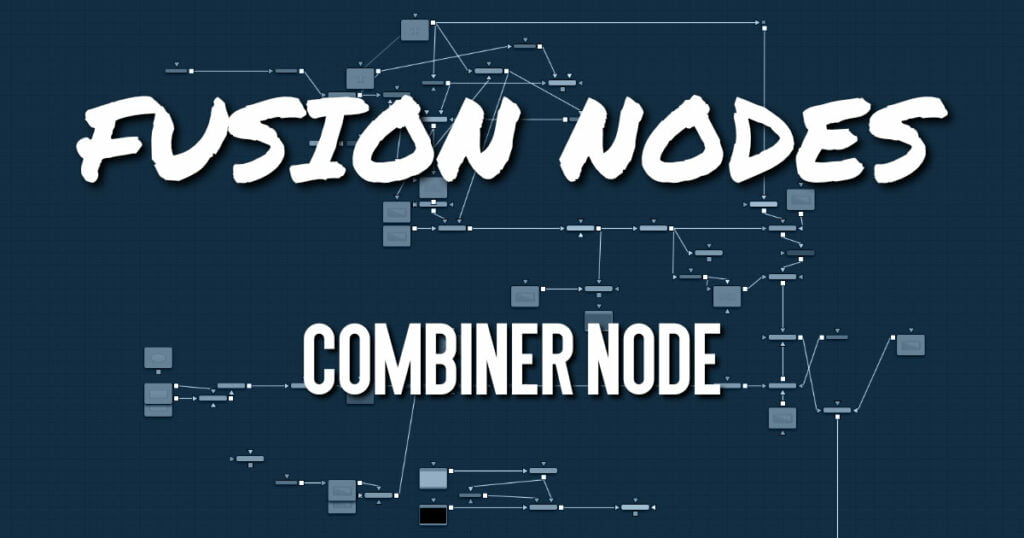
The Combiner node takes two stereoscopic inputs and creates so-called “stacked images” with the left and right eye, either side by side or on top of each other. Stereoscopic nodes are available only in Fusion Studio and DaVinci Resolve Studio.
Combiner Node Inputs
The two inputs on the Combiner node are used to connect the two images that get combined in a stacked stereo image.
- Image 1 Input: The orange input is used to connect the 2D image representing the left eye in the stereo comp.
- Image 2 Input: The green input is used to connect the 2D image representing the right eye in the stereo comp.
Combiner Node Setup
Below, a left eye image and right eye image are connected to the Combiner node to create a single stacked stereo image. It can be more efficient to render out the stacked stereo images as EXR files than to generate the disparity on-the-fly.
Combiner Node Controls Tab
To stack the images, the left eye image is connected to the orange input, and the right eye image is connected to the green input of the node.
Combine
The Combine menu provides three options for how the two images are made into a stacked stereo image.
- None: No operation will take place. The output image is identical to the left eye input.
- Horiz: Both images will be stacked horizontally, or side-by-side, with the image connected to the left eye input on the left. This will result in an output image double the width of the input image.
- Vert: Both images will be stacked vertically, or on top of each other, with the image connected to the left eye input on the bottom. This will result in an output image double the height of the input image.
Swap Eyes
Allows you to easily swap the left and right eye input.
Add Metadata
Metadata is carried along with the images and can be added to the existing metadata using this checkbox. To view Metadata, use the viewer’s SubView menu set to Metadata
Combiner Node Settings Tab
The Settings tab in the Inspector is also duplicated in other Stereo nodes. These common controls are described in detail HERE.










